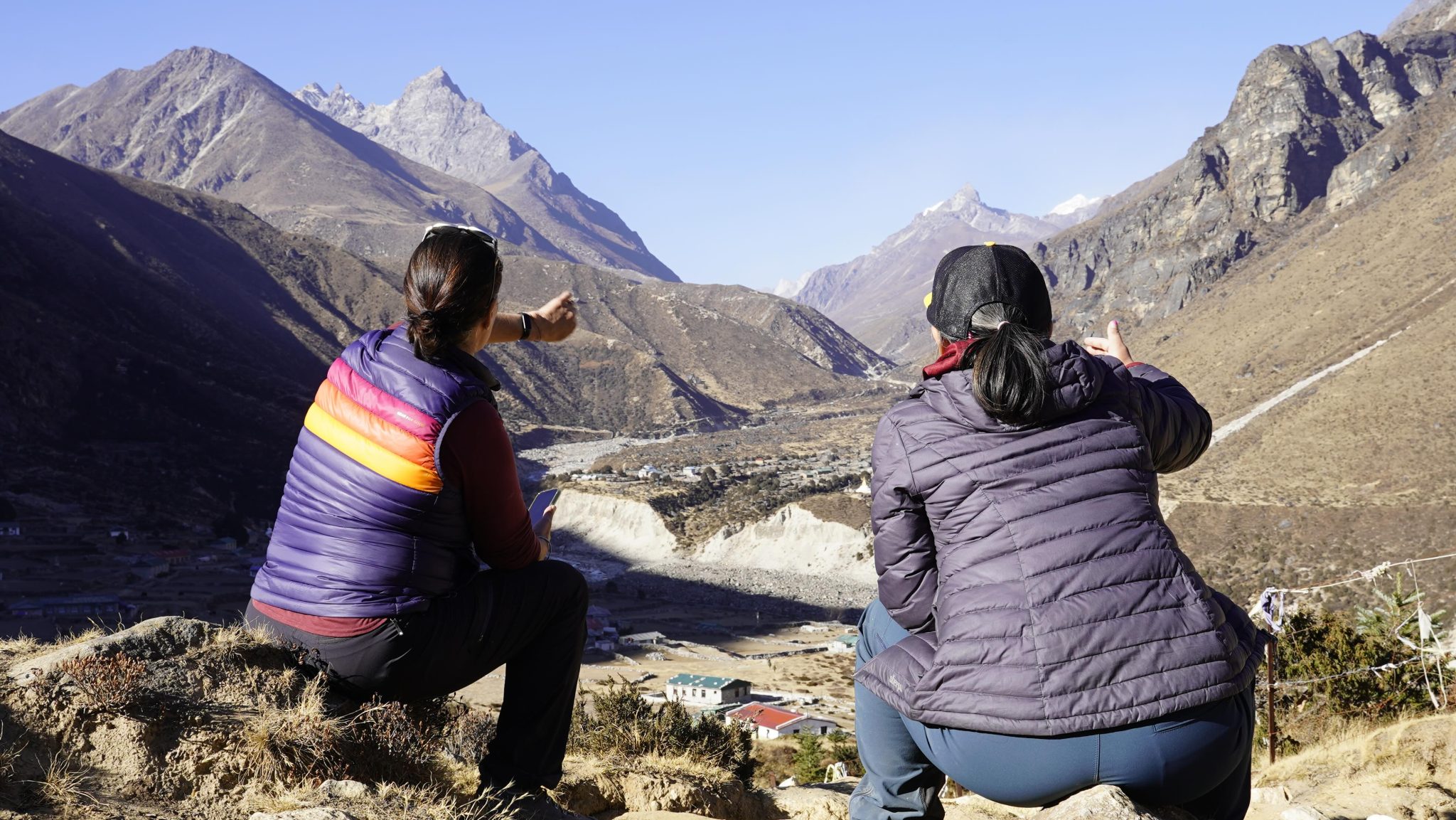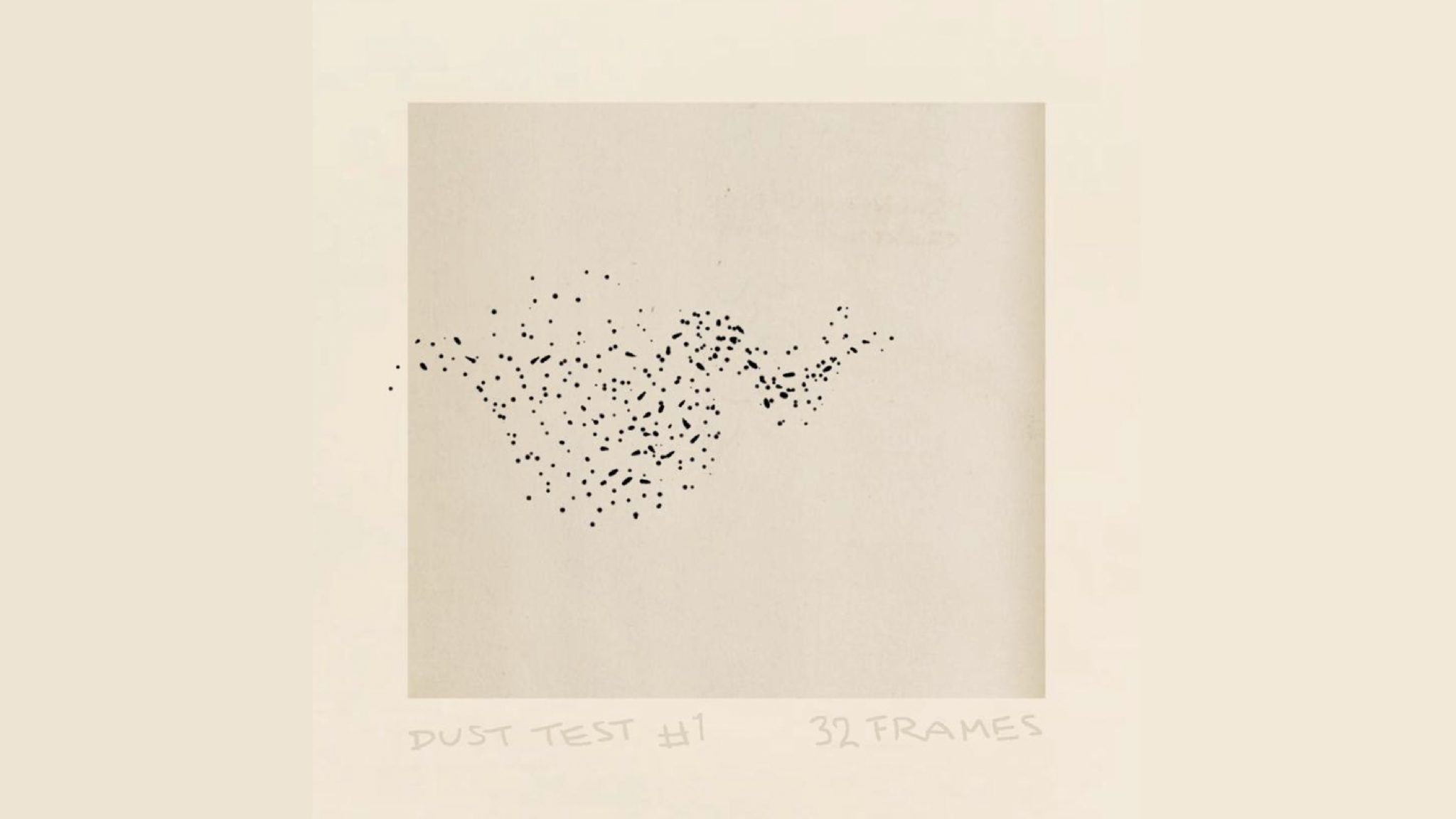

Dr. Edgington with the shell of the Minami Sanriku Disaster Centre in the background – the only building standing here after the tsunami
This July, Professor David Edgington continued his research into the recovery of northeast Japan following the 2011 `triple disaster’ of earthquake, tsunami and nuclear power plant accident. He discusses his recent field research along the Sanriku coast of the Tohoku region.
Tell me about your research trip to Northeast Japan; where did you go and why?
This summer I visited 10 coastal communities in the Sanriku coastline that were badly damaged by the March 2011 tsunami. My research was all about how the recovery program was being implemented, and what the results were. I managed to travel about 150 kms along on small coastal roads from the small fishing village of Tono in the north to the larger town of Ishinomaki in the south, and saw many large-scale construction projects. Along the way I met local government administrators and other people from these communities who explained interesting details of their reconstruction plans.
What were these coastal communities like?
This is a beautiful but very remote part of the country along the Pacific side of northern Japan. Most of my friends in Tokyo have never been there. The landscape of the Sanriku coast is not too different from the southern coast of Vancouver Island. Basically, the mountainous terrain comes right down to the Pacific Ocean with very little flat land other than around the harbor. The sea is blessed with lots of fish so all the Sanriku coastline have small bays and capes dotted with fishing villages. In the past, these have been damaged by tsunami disasters time after time for hundreds of years. The last major tsunami in this region was in 1960. The most recent was caused by a magnitude 9 mega-earthquake on March 11, 2011 – known locally as the `3.11’ disaster. It led to a giant tsunami wave that hit the coastline, which in some cases was 10 meters high. That’s about the height of a 3-4 story building.


The blue marker on the wall of this building indicates the height of the tsunami wave on March 11, 2011 (three stories high!), Kamaishi city, Iwate Prefecture
What happened to the people there?
In each fishing community many lost their lives due to the tsunami and some were never found. I saw numerous temporary houses that were built back in the summer of 2011 for the survivors. These were essentially single-story 2-room `barrack-style’ housing units laid out in rows. There were also temporary shops, and even the town hall was a temporary building in some cases. Some new buildings and houses had been constructed. But many people are still living in temporary housing, even four years later.
So does your research focus on how these communities are currently rebuilding? What specifically were you trying to find out?
I wanted to see what progress had been made in reconstruction. This was my first visit to many of these fishing towns, and I only have press photos from 2011 to show the damage just after the tsunami hit. The water came in several kilometers into the bays and rivers leading to them, washing away houses and shopping streets from their foundations and in some cases washing them out to sea, together with cars and fishing boats. Because of the tremendous force of the tsunami, most coastal harbors were badly damaged, and most of the wooden houses were destroyed. The residential areas closest to the waterfront were flattened. In many cases there was nothing standing except some medium-rise concrete buildings. Even the level of the waterfront land had sunken after the tsunami waves had retreated so that the land in some bays currently floods after a rainstorm. Just clearing away the debris after the tsunami took several months to finish. So, each of the towns I visited have faced the task of rebuilding basic infrastructure such as roads and harbors, as well as residential areas, and preparing their community defenses against future tsunami. I was also interested in how local people had adjusted to the disaster and what sorts of ideas there were about improving the fishing industry and introducing new types of industries.
What kind of people did you contact to collect your research data?
Anyone who would talk with me! I had set up some interviews initially with urban planners in various town halls, and often these would also guide me to local people as well as volunteers who were working on how to improve life for the stricken communities. But along the way, I interviewed farmers and fishing people, and one family who were carrying on the traditional cultivation of silkworm industry in the region. I ended up eating a lot of fish!
Do you think the reconstruction projects will be successful in reviving the towns?
There is a lot of optimism from the local government bureaucrats who are working very hard to implement various schemes, such as a series of new seawall embankments – some of these are over 10 meters high. I collected many plans and reports. Also, I saw new residential areas being cut into the nearby mountains to provide safer communities on higher land. In some cases, the entire town centre was being raised by truckloads of gravel to create higher land that would protect the fishing community against future tsunami. The small towns that I visited had boats back in the water, and I saw the revival of local seafood `farms’ in the coastal bays for oysters and other shellfish. The national government is building a major highway parallel to the Sanriku coast to improve the accessibility of the region. Overall, there is certainly a lot of construction work currently going on. The narrow coastal roads I traveled on were often congested during the week with truck after truck of gravel coming in from other areas. Each town had bulldozers and construction equipment working at raising the level of the ground. The towns’ buildings and new houses will come later – maybe next year.
What were the social and economic impacts of the tsunami in this region?
This is a most important issue. Young people who cannot find jobs in the fishing industry, or just do not want to follow their parents into this type of work are leaving town. Many are off to Tokyo or the big regional city called Sendai to try to find work. I was told this was a problem even before the 3.11 disaster, but now it has increased. Some of the entrepreneurs I met were hopeful that tourism would provide new jobs in the future and bring back some of the folk who had drifted away. Besides, the fishing ports in the Sanriku coastline have very strong community ties, and I sensed a willingness to rebuild the towns and carrying on the traditional fishing industry. Let’s hope so!
Interview and Photos by Professor David Edgington



